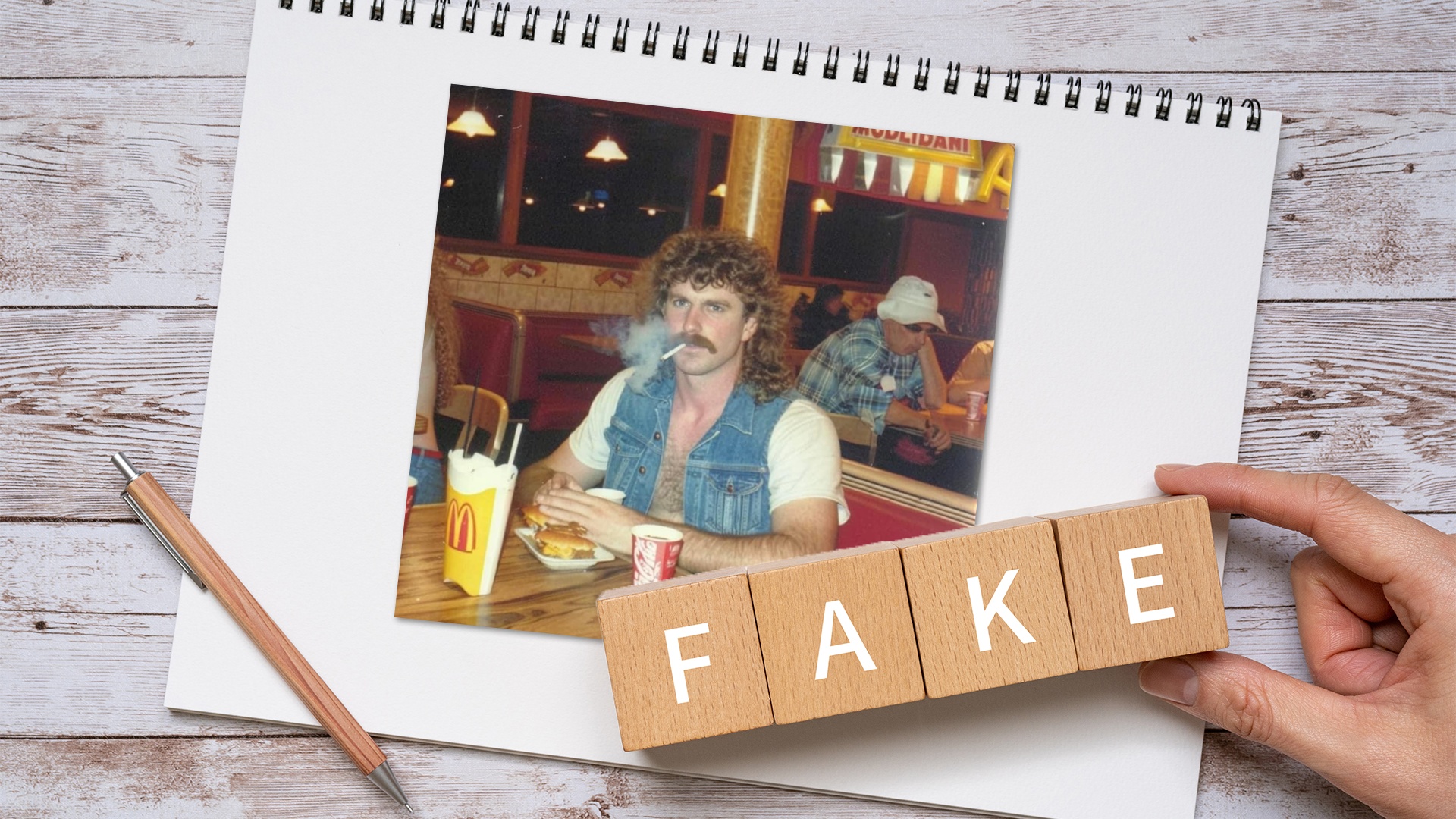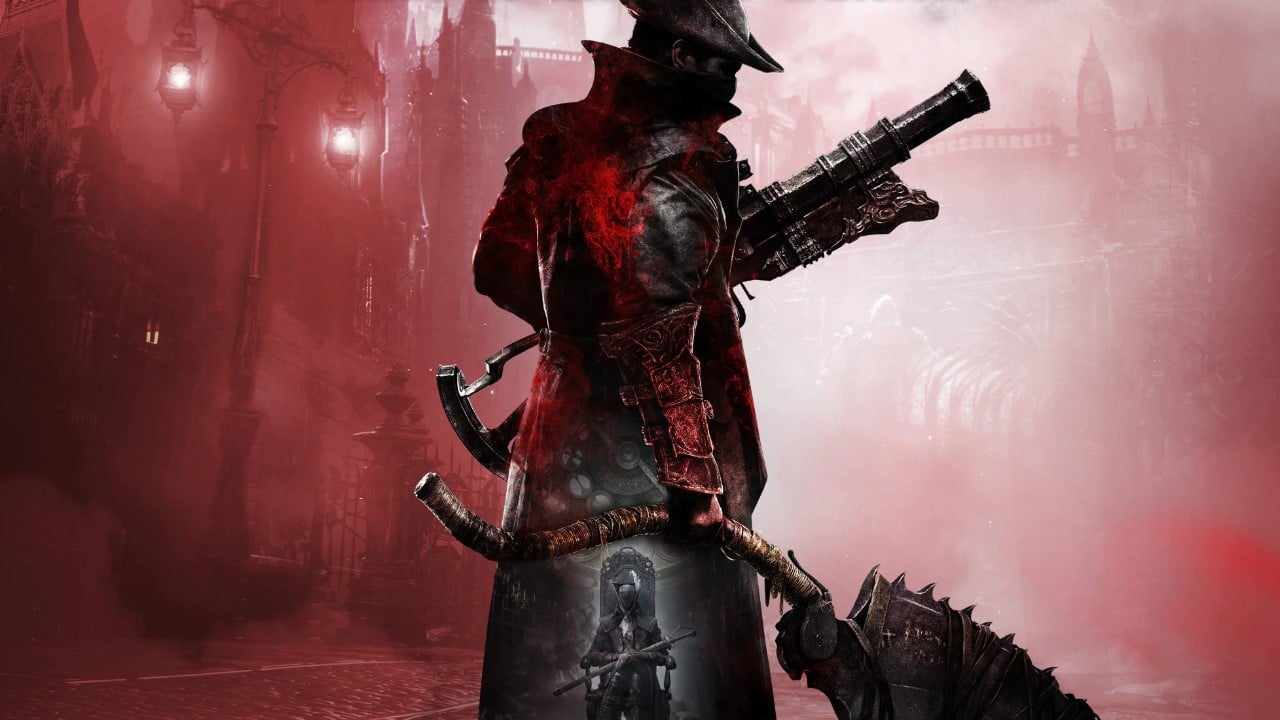
Recognize AI images. We clarify. (Image: Adobe Stock – Elutas)
You may have come across an image on social media in the last few days that is being hotly debated. A man sits smoking in a McDonald’s branch and looks into the camera. The picture was apparently taken in the 80s, but appearances are deceptive:
Why did the picture go viral? The picture sparked several discussions. Some comments point out that people were still allowed to smoke in restaurants back then. Others reminisce about the 80s. And still others argue about the picture because it’s not quite what it seems.
What’s so special about it? The image is not real and was created by an AI. Despite this, or perhaps precisely because of this, it was viewed over 22 million times before the account that posted it Picture posted has been deleted.

(Image: X)
Many people have accepted the fake as real, but how can you avoid being fooled by such images in the future?
Th is is how you recognize AI-generated images
The “photo” is the perfect example of apparently real AI images. At first glance it seems to be just a souvenir photo of a bygone era, but if you look closer you will see the flaws in the image that will make you realize that it is an artificial image.
Caution: AI technology is advancing very quickly and the features we are showing you now may no longer be valid in just a few years or even months. For now, however, you can still be sure that you can recognize AI images by the following features.
1. Lettering
If you are not sure whether an image is real or created by an AI, then you can often just look at some type of writing in the image.
AIs are currently only very sporadically able to display correct texts in images.
In the image of our 80s man, the drink cup is particularly important, which is probably supposed to represent the Coca-Cola logo. In the picture, however, these are illegible characters that, at first glance, are reminiscent of the original, but on closer inspection have little in common with it.
2. Hands and other limbs
One of the biggest weaknesses of generative AIs that generate images for you are currently hands and sometimes feet. If you take a closer look at the man’s hands, you will notice that the fingers are unusually long and the transition between hand and wrist is a little too smooth. Additionally, there is no sign of a thumb on his left hand.
But the real culprit in the picture is the hand of the man in the background. It appears to be slightly separated from the arm and has an unnatural and kinked shape. In addition, dark fragments appear on the hand, which are difficult to identify.

3. Logic error
Sometimes it happens that images have neither hands nor lettering and are still generated by AI. Then it makes sense to look for general logic errors.
In the case of our smoking AI friend, all you need to do is look at the man’s T-shirt, as it is only there sporadically.
The sleeves are visible, but where the rest of the shirt should be, you only see the man’s chest hair. This is also a strong indication of AI generation – although in this case we can’t completely rule out an 80s fad.
Nonetheless: AIs often generate some illogical image sections that are strange to the human eye. So pay attention to hidden inconsistencies in images if you suspect that it might be a fake.
4. Unclear details
In some images generated by AI, you cannot see any or only a few details, even if the image section is actually clearly visible. This is also a sign of “fake” images.
In our example you can see a woman far in the background between the two main visible men. At least we assume that it is a woman, because it is not really recognizable.

The face is completely blurred and otherwise a real person only seems to be indicated by the shape.
Another example of unclear details can be found near the hands. A piece of the burger meat appears to be floating in front of your little finger or has been placed on the burger.
Additionally, there appears to be a second edge of the table to the left of the drink.
Conclusion
AI images currently reveal particularly small details in the background and logic errors relatively reliably. But as mentioned above, technology is developing at a rapid pace and these weaknesses could soon be ironed out.
Now it’s your turn: Did you already know the picture? Did you immediately recognize it as fake or did you have to look a few times? Feel free to write it to us in the comments!
Table of Contents








